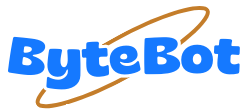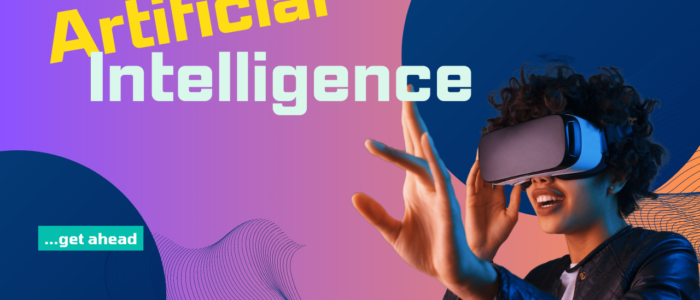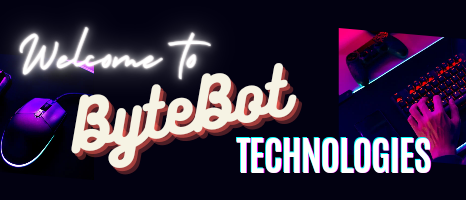

In the digital age, technology and information and communication technology (ICT) have become integral parts of our daily lives. They have also revolutionized the way we teach and learn, particularly in primary and secondary education. The integration of technology and ICT in the classroom has ushered in a new era of education, offering students and teachers a plethora of opportunities and advantages. In this article, we will explore the evolving role of technology and ICT in primary and secondary education and how it is reshaping the learning landscape.
- Access to Information
One of the most significant impacts of technology and ICT in education is the unprecedented access to information. Students now have the world’s knowledge at their fingertips, thanks to the internet and digital resources. This easy access enables them to explore diverse topics, conduct research, and deepen their understanding of various subjects beyond what traditional textbooks could provide.
- Interactive Learning
Technology has transformed learning from a passive to an interactive experience. Educational software, apps, and online platforms offer engaging and interactive lessons that cater to different learning styles. Through gamification and multimedia elements, students can grasp complex concepts more effectively and retain information longer.
- Personalized Learning
Technology enables personalized learning experiences. Adaptive learning software analyzes students’ strengths and weaknesses, tailoring lessons to meet their individual needs. This approach ensures that students can progress at their own pace, fostering a deeper understanding of the material.
- Collaboration and Communication
ICT tools facilitate collaboration among students and teachers. Virtual classrooms, video conferencing, and collaborative software enable students to work on group projects, share ideas, and communicate with peers and educators regardless of physical distance. This prepares students for the collaborative nature of the modern workforce.
- Digital Literacy
Incorporating technology into education equips students with essential digital literacy skills. They learn not only how to use technology but also how to critically evaluate information sources, discern credible sources from unreliable ones, and protect their online privacy and security.
- Enhancing Teacher Effectiveness
Technology and ICT empower educators by providing them with tools to streamline administrative tasks, track student progress, and access a vast repository of teaching resources. This allows teachers to focus more on individualized instruction and mentoring.
- Inclusivity and Accessibility
Technology promotes inclusivity in education. It caters to students with diverse needs, including those with disabilities. Text-to-speech software, screen readers, and other assistive technologies break down barriers and provide equal learning opportunities for all students.
- Lifelong Learning
Integrating technology and ICT fosters a culture of lifelong learning. Students develop the skills necessary to adapt to rapidly evolving technologies, preparing them for the ever-changing job market and encouraging a commitment to continuous self-improvement.
Challenges and Considerations
While the benefits of technology and ICT in education are undeniable, there are challenges to consider:
- Access Disparities: Not all students have equal access to technology and the internet, leading to a digital divide. Addressing this issue is crucial to ensure equitable access to educational opportunities.
- Security and Privacy: Safeguarding student data and online privacy is paramount. Educational institutions must implement robust security measures and privacy policies.
- Teacher Training: Educators require training and professional development to effectively integrate technology into their teaching practices.
- Screen Time Concerns: Balancing screen time with other activities and ensuring that technology does not lead to over-dependence is a concern for educators and parents.
Conclusion
Technology and ICT are reshaping primary and secondary education, offering numerous advantages to students and educators alike. From improved access to information and personalized learning to enhanced collaboration and digital literacy, technology is revolutionizing the way we teach and learn. However, addressing challenges such as access disparities and ensuring security and privacy must remain top priorities. With careful planning and thoughtful implementation, technology and ICT can continue to play a vital role in advancing education and preparing students for success in the digital age.








Leave a Reply